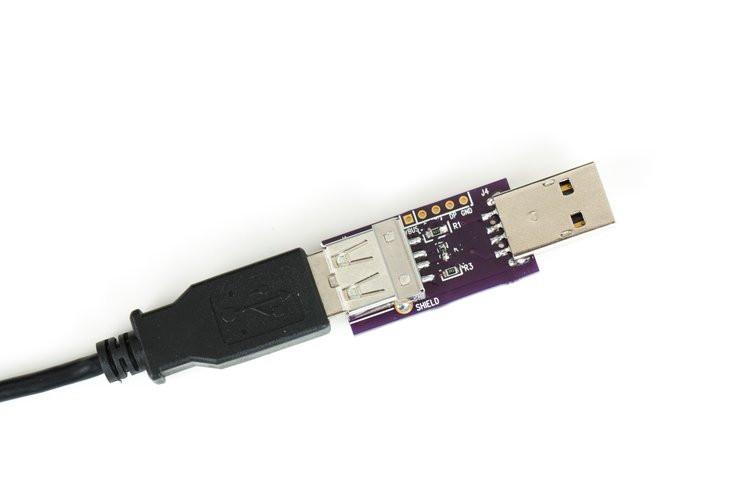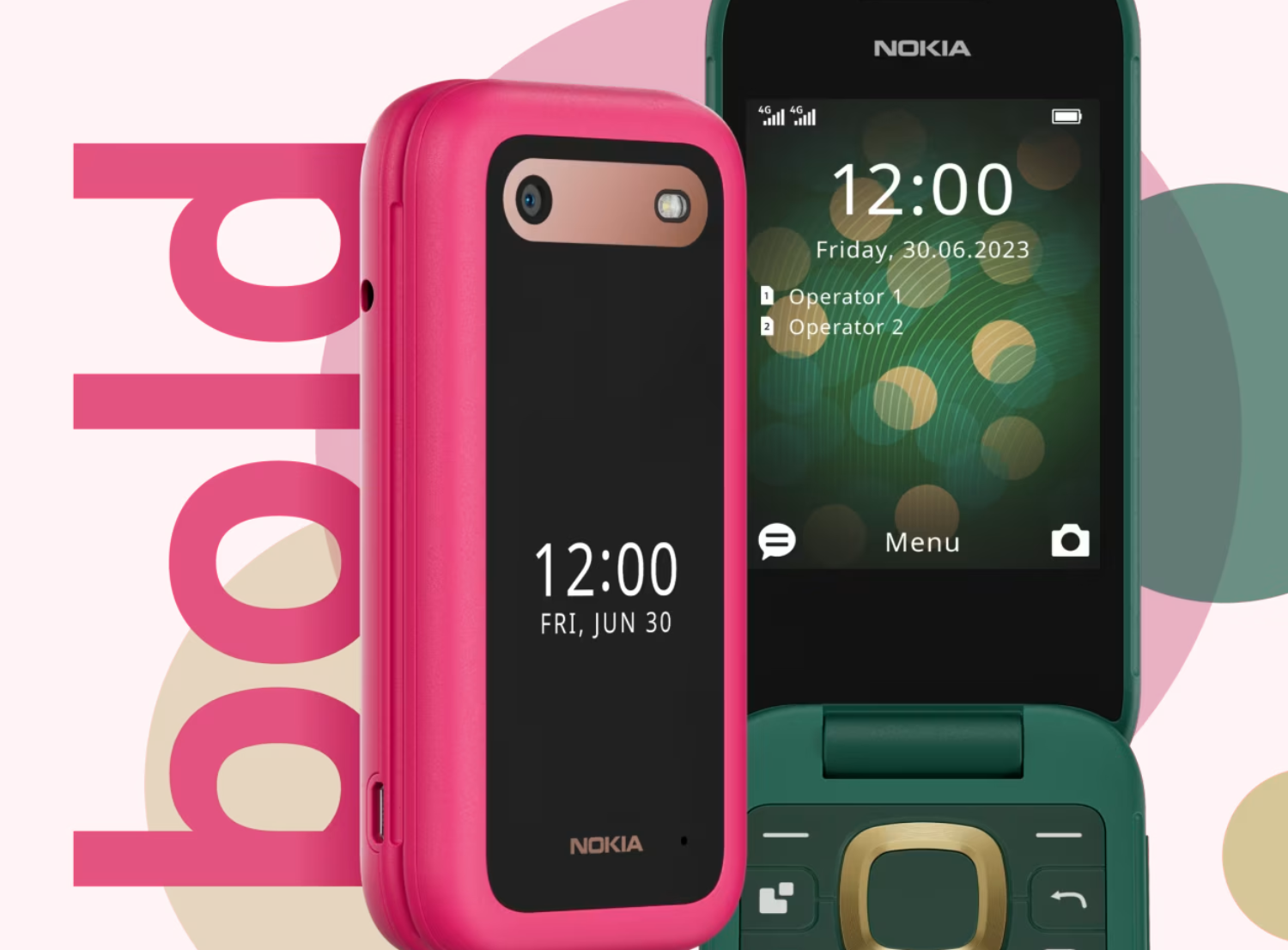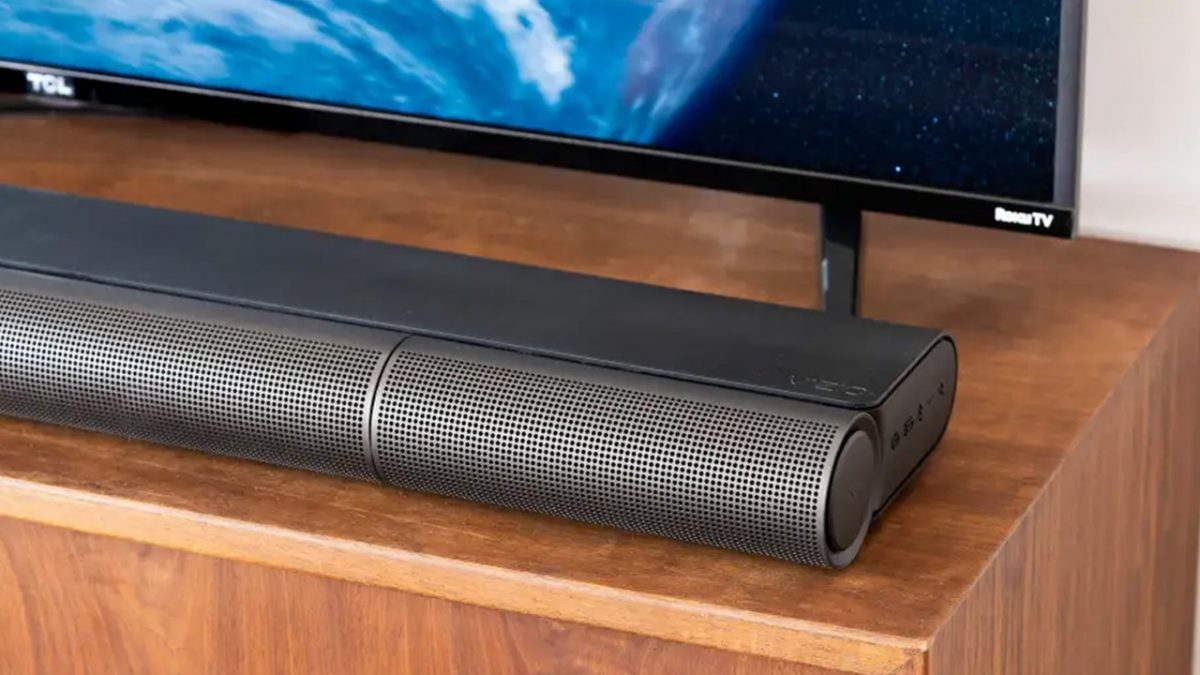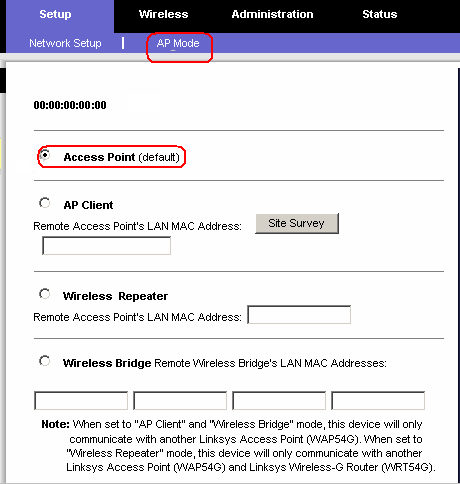USB Condoms are a thing now

If you connect your devices to anything public, be it wireless or wired Internet, or USB power charging stations, it is best to assume that these are not safe. While you can protect your data in several ways, e.g. by using a VPN when you need to access the Internet while connected to a public or untrusted network, it is sometimes the case that simple things are overlooked.
In November 2019, Los Angeles' District Attorney's Office published an advisory to travelers about the potential dangers of public USB ports. These ports could be used for an attack that has been called juice-jacking.
Juice Jacking basically allows attackers to steal data or infect devices that unsuspecting people plug into specifically prepared USB power stations. The Distrcit Attorney's Office recommended that travelers use AC power outlets directly, use portable chargers, or charge devices in cars instead of using public USB chargers.
While that is sound advice, it may not be possible sometimes to use these alternatives. That's where the Original USB Condom comes into play. The USB Condom is a device that is attached to the charging cable so that it sits between the device's charging cable and the public USB charging station.
The Original USB Condom prevents accidental data exchange when your device is plugged into a foreign computer or public charging station with a USB cable. The USB Condom achieves this by blocking the data pins in the USB cable and allowing only power to flow through.
The main idea behind the electronic device is that it blocks the data pins so that data cannot flow; this does not affect the charging capabilities so that devices may be charged as if they were connected directly to the charging station.
The device is available for $6.99 over at Syncstop. It is currently out of stock (as of early December 2019), but the site revealed that it expects the USB Condom to be restocked later this week.
The Original USB Condom is not the only device designed to block data transfers when connecting devices via USB to charging stations. A quick search returned PortaPow devices that block data transfers as well as others.
If you know someone who is traveling a lot, or spending lots of time in public places using public USB chargers at times, it may be a useful present.
Now You: Do you connect your devices to public charging stations / wireless networks?
























My USB condom broke a year ago now this chick is bringing by some micro USBs saying their mine an shit but they dont even look like me.
The principal difficulty with all USB condoms that I’ve seen as of now is that, at best, they allow older/lower-end high amperage charging, but on modern/large very high charge current devices, without actual data negotiation, the best they can do might be to just about keep the device from using up its battery any further.
So if you’re quite low, and need to use the device, and need to charge, any current USB condom will restrict the performance.
It seems like it ought to be possible for a smart(er) USB condom to be a secure intermediary between the USB charger source and the Android device to broker the absolute highest amperage possible between the two, though my electrical engineering days are so long behind me that maybe there is some practical limitation?
Or you connect your power bank to the suspicious outlet and charge phone and power bank at the same time. Assuming your device supports being charged while charging another device.
TROJAN MAN!
My USB condom broke.
It seems to me very much a storm in a glass of water.
To start with, I don’t think it’s a good idea to charge a device via USB to AC. That’s always DC, because with AC on a USB connector something will probably break, unless there is a rectifier behind it.
The USB type C ports use the data pins to communicate how many volts they want, but otherwise little is done with that information on the computer/telephone side.
OK, theoretically it is possible to infect the computer that way. All you have to do is stick a tape on the data pins tx and tr, remove the pins, or take or make a USB cable where the TX and TR are not connected. As a result, your device is charged very slowly.
I imagine that even AC power outlets can house hacking hardware too.
I recently bought one of those charging cables which have a magnetic fastener and three different tips: USB mini, USB C, and iphone. As the magnetic coupler only has two connectors, this automatically means no data can pass them. Problem solved. No need to spend 7 bucks.
Don’t all smartphones have this protection built-in? I know that Androids will prompt before giving data access to any computer they are connected to.
Four months ago I needed a three day stay in the hospital. Not knowing what the outlet situation was to be, I brought an AC mini-charger, a 10000 mAh power bank and the USB condom (bought about three years ago). The condom came in real handy as the bed’s frame had a USB charging port while the nearest usable AC outlet was across the room. All the ones above the bed were verboten.
When I traveled a while back, I used to use a portable HD cable that had two USB connectors, one for data and power and the other for power only (it had a thinner wire). The strategy being if the data/power one couldn’t pull enough power for the drive, you’d plug the other into another port for some more juice. So, if I charged at one of the the few airports that had ’em or off of some one’s laptop, I used the power only one. Can’t use that anymore as it has a mini-B.
You’re in an airport lounge waiting for your flight to be called. You want to watch cat videos on YouTube to kill the time, but your phone is running dangerously low on juice. You spot a public charger. What do you do? Easy. You just remember what your sex-ed and computer-technology teachers taught you back in high school: no glove, no love, and no mittens, no kittens.
After reading many of the disgruntled comments that these smart alecks made, I had to laugh after reading your comment about your teacher’s advice about condoms. Thanks! I needed that laugh!
I’ve heard of this before. Really, I don’t think it is necessary, on any Android phone you can set its default USB configuration under Developer Menu > USB configuration: https://i.imgur.com/BB0sjED.png
I set all my phones as such. The only downside is that whenever you want to transfer something you have to switch to data transfer mode (you can do this from notification centre).
Laptops charge by their own charger (at least any decent laptop, not some facebook machine), and iOS devices.. lmao imagine buying iOS devices ahahah
Actually you can’t change it to any other listed option at all lol.
It’s dead setting for years.
Unfortunately, in recent version of Android, setting the USB connectivity to Charge Only does NOT turn off power and other special negotiations (like Car mode), so if an Android device has a vulnerability, there is no setting in Android that will avoid it.
>>> USB Condoms are a thing now
Oh Really?
And what about this one …
https://britishcondoms.uk/the-icon-smart-condom.html
USB drives should have a physical switch to disable writing just like floppy disk had write disable switch back in the days so when connected to public USB ports, it won’t able to infect your USB drive​.
Also OS should have a feature give users an option to disable writing so as to deny access to public USB ports to write to USB drive.
There used to be flash drives with read protection but the reason why there’re gone because people often complained they can’t write data to their flashdrive. Happened a lot of time here.
Many USB Flash storage drive were once made with Read-Only hardware switches. I have not seen modern USB Flash storage drives with the feature.
@hmm
> USB drives should have a physical switch to disable writing just like floppy disk had write disable switch back in the days so when connected to public USB ports, it won’t able to infect your USB drive​.
Some, but very few, do… see the Netac brand. No I don’t work for them but I bought some a few years ago for this exact reasoning and has been working well.
> Also OS should have a feature give users an option to disable writing so as to deny access to public USB ports to write to USB drive.
Check your system policy for that… usually it’s there in newer OS. Also sometimes in BIOS depending on manufacturer.
“…it is best to assume that these are not safe.”
Pity the foolish who think these are of the usual type. Ouch.
nuff said.
USB-C?
Yes good answer.
These are far far older than you’d believe. I ordered USB Condoms from INT3.cc back in May 2014. Welcome to the past, not the future.
Do it to them before they do it to you. Nothing to do with the product’s name, of course :=)
This is a most valuable article/information, I didn’t even know and the danger and the solution.
I’m curious as to WTF the resistors are for?
.
You only need to break the connections of the two middle pins.
You need to tell the source not to limit itself to 500 mA as it would be if you just cut the data lines, I suppose the resistors do that.
The resistors trigger a higher or max charging current.
Smart device charging is… smart. Expecting to initiate activity on the data lines, discreet components of one type or another trick the dumb, uh, smart device and charging lines are powered up.
https://www.reclaimerlabs.com/blog/2015/6/2/charging-safely-over-usb
Shhhh!
If you are going to pay $7 for this, it has to look good.
USB becomes IUD
(thank you! thank you!)
Can you just use a charging cable that are designed for charging only or am I missing something?
Yes, as long as no data flows it is okay.
NODE (quite quiet of late) put up this 2 years ago;
https://invidio.us/watch?v=pJAm7-JR_LU
Thanks for the vid!